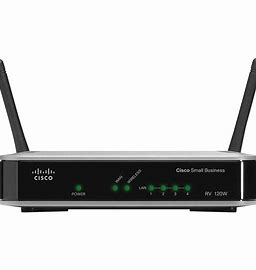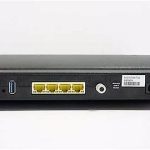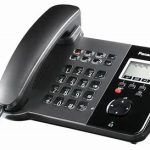
The ideal network involves your Internet Service Provider (ISP) connecting onsite to a stand-alone modem that connects to a router, preferably a . If you have more devices on your network than ports on your router, you can connect a switch to your router to expand the number of ports.
NOTE: It is always recommended that an experienced Network Administrator update the firmware, and make configuration changes.
There are four main areas that you should be concerned with regarding your network. They are:
Firmware: Must be the for your model.
: Nextiva uses port 5062 to bypass SIP ALG, however, having this disabled is always recommended, which the latest firmware should do. SIP ALG inspects and modifies SIP traffic in unexpected ways causing one-way audio, deregistrations, random error messages when dialing, and calls going to voicemail for no reason.
DNS Server Configuration: If the DNS server being used is not up to date and consistent, devices (Poly phones in particular) can become deregistered. Nextiva always recommends using the Google DNS servers of 8.8.8.8 and 8.8.4.4.
: MTU allows you to set the largest data size permitted on your connection. MTU is set to Auto by default, which can cause phone feature issues and dropped calls. If there is no option to modify this after upgrading to the latest firmware, the router is likely incompatible with Nextiva’s system and will need to be replaced.
NOTE: During the router configuration process below, the network will be unavailable. Depending on the changes being made, as well as any technical difficulties that occur due to the change, this can take from 2 – 20 minutes. Please ensure the configuration changes are made by an experienced IT Professional and during off-hours.
Click the Links Below to Jump to the Corresponding Section:
To Verify/Update Firmware:
NOTE: Nextiva is not able to assist with flashing the latest firmware to a router, as we cannot be held liable if the upgrade fails. It is always recommended that an experienced Network Administrator update the firmware, and make configuration changes. Nextiva recommends backing up your router before upgrading the firmware and configuring the below changes in off-hours.
- Log in to the router by navigating to the Default Gateway IP address and entering the admin credentials.
- Verify that the firmware displays the latest version. This process differs by firmware and model. Complete the next steps to upgrade the firmware if it is out of date. If you already have the latest version, .
- Download the Small Business Router Firmware for the of your model. It is a best practice to download the file to your Desktop so it can be found easily in the next steps.
- Complete the firmware update process. This process differs by firmware and model.
- After the reboot is complete, you will be logged out of the router and will need to log back in to continue the configuration steps below.
To Configure MTU:
NOTE: The steps below may differ slightly due to the differences in models and firmware in the RV-Series routers.
- Log in to the router by navigating to the Default Gateway IP address and entering the admin credentials.
- Select Setup > Network > WAN. WAN may also be called Internet Settings or something similar, depending on firmware and model. Enter the following required information instead of the default Auto:
- 1500 for Cable Internet
- 1492 for DSL Internet
- FiOS using PPPoE (most pre-2006 FiOS circuits) – 1492
- FiOS using DHCP (most post-2006 FiOS circuits) – 1500
NOTE: If unsure which setting to select, contact your Internet Service Provider.
To Configure DHCP DNS Server (Primarily for Poly devices):
- Log in to the router by navigating to the Default Gateway IP address and entering the admin credentials.
- Select Networking > LAN > IPv4 LLAN and enter the required information below:
- Primary DNS Server: 8.8.8.8
- Secondary DNS Server: 8.8.4.4
- DNS Proxy: Unchecked
- Click Save to apply changes. After the network reboot is complete, you will be logged out of the router and will need to log back in to continue the configuration steps below. When the network comes back online, reboot all phones and computers connected to the router.
To Disable SIP ALG:
NOTE: If there is no option to disable SIP ALG, update to the latest version of firmware for your model. If after the update the option is still unavailable, you may need to purchase a .
- Log in to the router by navigating to the Default Gateway IP address and entering the admin credentials.
- Select Firewall > Advanced Setting > Disable SIP ALG.
- Select Save to apply changes.



